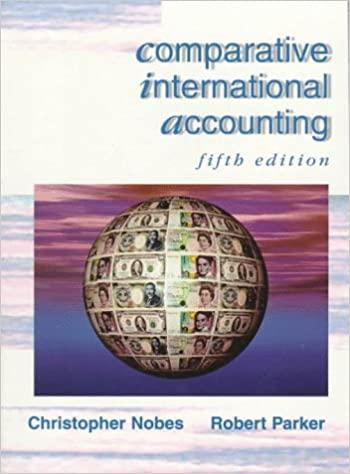Question
As a project engineer at CPI Consulting, Inc., you are given the following stormwater data for a high density residential land use area located in
As a project engineer at CPI Consulting, Inc., you are given the following stormwater data for a high density residential land use area located in Southern California. You are charged with the task of preparing an initial design of a BMP system that can control both the volume and quality of stormwater runoff in this land use area. In your design analysis (that is brief, less than 2 pages, but informed), you will use your prior knowledge of BMP selection and available tools to a) choose the BMP that is best suited to handle the stormwater characteristics of the community, as well as b) make initial estimates regarding the treatment performance (i.e., removal efficiency) of each contaminant included in the table below. For part b), make sure that you include some description of the statistical certainty of your removal efficiency estimates and how these calculations/effluent concentrations might compare to existing water quality regulations. Here is a good reference on how to calculate 95% confidence intervals (Links to an external site.) to help you with interpreting the statistics of the pollutant removal efficiencies. To assist you with your decision, you may use the following tools that were described in the Canvas content: the BMP Screening Tool (Links to an external site.), California BMP Effectiveness Calculator, (Links to an external site.) and the International Stormwater BMP Database (Links to an external site.). Make sure that you provide a written description of why you chose the BMP and how you arrived at the treatment performance estimates in part b). Finally, c) what are the implications of your design when implemented in practice? You can use the detailed volumetric flow data from information provided by the International BMP database.

Step by Step Solution
There are 3 Steps involved in it
Step: 1

Get Instant Access to Expert-Tailored Solutions
See step-by-step solutions with expert insights and AI powered tools for academic success
Step: 2

Step: 3

Ace Your Homework with AI
Get the answers you need in no time with our AI-driven, step-by-step assistance
Get Started


